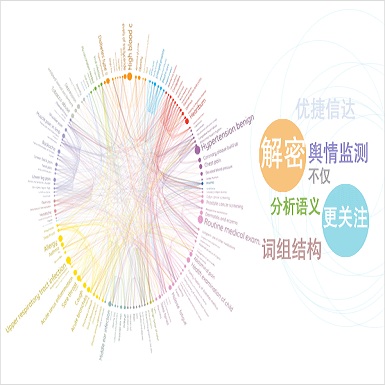Temporal sequences of satellite images constitute a highly valuable and abundant resource to analyze a given region. However, the labeled data needed to train most machine learning models are scarce and difficult to obtain. In this context, the current work investigates a fully unsupervised methodology that, given a sequence of images, learns a semantic embedding and then, creates a partition of the ground according to its semantic properties and its evolution over time. We illustrate the methodology by conducting the semantic analysis of a sequence of satellite images of a region of Navarre (Spain). The proposed approach reveals a novel broad perspective of the land, where potentially large areas that share both a similar semantic and a similar temporal evolution are connected in a compact and well-structured manner. The results also show a close relationship between the allocation of the clusters in the geographic space and their allocation in the embedded spaces. The semantic analysis is completed by obtaining the representative sequence of tiles corresponding to each cluster, the linear interpolation between related areas, and a graph that shows the relationships between the clusters, providing a concise semantic summary of the whole region.
翻译:卫星图像的时空序列是分析特定区域非常宝贵和丰富的资源。然而,培训大多数机器学习模型所需的标记数据很少,也难以获得。在这方面,目前的工作调查了一种完全不受监督的方法,根据一系列图像,这种方法可以学习语义嵌入,然后根据地表的语义特性和一段时间的演进,对地面进行分隔。我们通过对纳瓦雷(西班牙)地区卫星图像序列进行语义分析来说明这一方法。拟议方法揭示了对土地的新的广泛视角,在那里,可能具有类似语义和类似时间演变的较大区域以紧凑和结构完善的方式连接在一起。结果还表明,地理空间各组的分布与其在嵌入空间的分布之间有着密切的关系。通过获得与每个组相对应的具有代表性的瓦子序列、相关区域之间的线性内插图,以及显示各组之间关系的图表,提供了整个区域的简明语义摘要,从而完成了语义分析。



